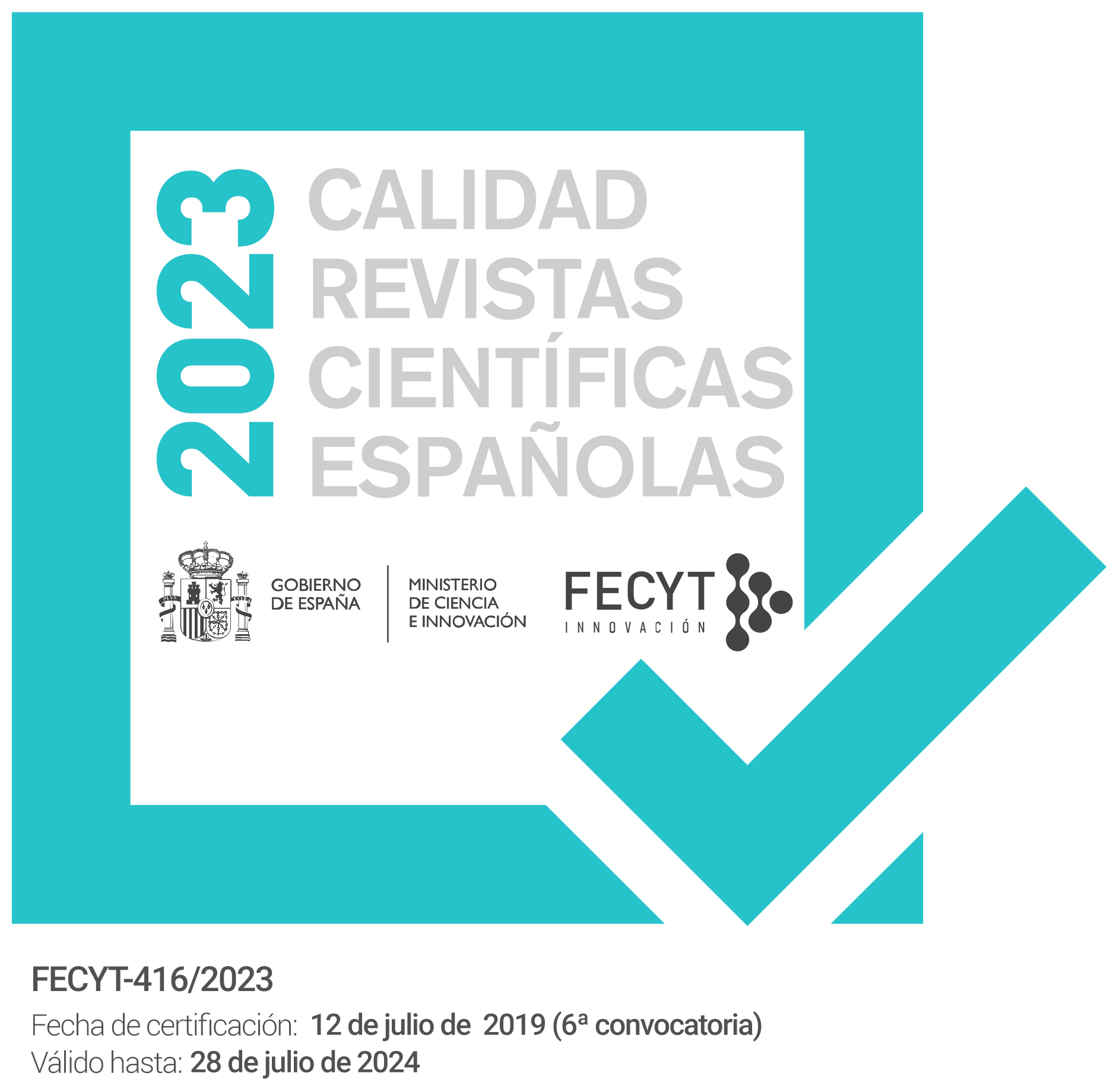La mujer y las plantas sagradas en el Mundo Antiguo
Keywords:
plantas, drogas, mujeres, historia antigua, plants, drugs, women, ancient historyAbstract
En etapas anteriores, el conocimiento de hierbas y plantas quedó, tradicionalmente, en manos de las mujeres que las recolectaban a modo de complemento de la dieta diaria. En su búsqueda debieron de aprender a distinguir otras que servirían como remedios medicinales y aquellas que definimos como drogas, algunas de las cuales acabaría formando parte de determinadas creencias. En el presente artículo hemos querido acercarnos a ellas, destacando el papel que ha jugado la mujer con relación a este tipo de substancias como conocedora de un saber transmitido a lo largo de generaciones.
In previous stages, the knowledge of grasses and plants it was, traditionally, in the women’s hands that gathered them by way of complement of the daily diet. In their search they should learn how to distinguish others that would serve as medicinal remedies and those that we define like drugs, some of which it would finish being part of certain beliefs. Presently article has wanted to come closer to them, the paper that the woman has played with relationship to this type of substances like expert of a knowledge transmitted along generations highlighting.
Downloads
Downloads
Issue
Section
License
The articles are open access distributed under the terms of the Creative Commons Attribution-NonCommercial-NoDerivatives (CC BY-NC-ND) Spain 4.0 license. Authors who publish in this journal agree with the following terms:
a) Authors retain the copyright and guarantee the journal the right to be the first publication of the work as well as licensed under a Creative Commons Attribution License that allows others to share the work with a recognition of the authorship of the work and the Initial publication in this magazine.
b) Authors may separately establish additional agreements for the non-exclusive distribution of the version of the work published in the journal (for example, place it in an institutional repository or publish it in a book), with recognition of its initial publication in this magazine.
c) Authors are allowed and encouraged to disseminate their work electronically (for example, in institutional repositories or on their own website) before and during the submission process, as it may result in productive exchanges, as well as a earliest and largest citation of published works (See The Effect of Open Access).



